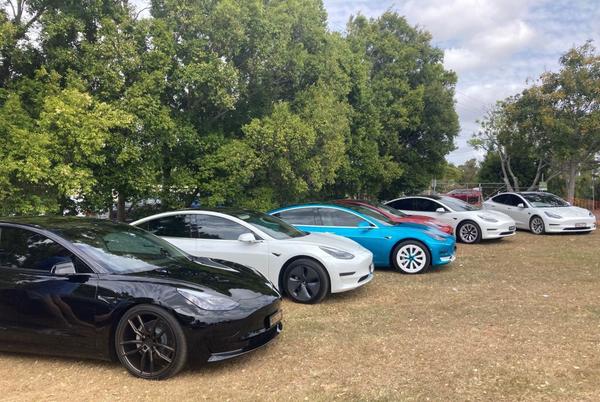Getting to know the rules and procedures for importing cars is crucial in order to increase your chances of getting a high-end vehicle through a clean and transparent process in India.
India is fast becoming a hot spot for exclusive and high end vehicles with many companies setting up their official base in the country. However, as seen in the case of Tesla, it’s not easy to bring a brand to India through proper channel and this creates a sort of problem for exotic vehicle buyers. This is where import route comes into play! There is a lot of time and money involved in importing vehicles, but that’s the only way to own a vehicle which is not available otherwise.
In order to import a vehicle, the Department of Commerce and Industry, Directorate General of Foreign Trade and Export-Import Policy Department are involved. Thus, the rules and guidelines set by the RTO are required to be followed when importing a vehicle. Before we get into the specifics, let us discuss some standard requirements.
– Cars can only be imported to India from the country where they were originally built
Read More:- Ginesys invests in CASA Retail AI to power personalised customer engagement
– The speedometer must display km/h in India as per the metric system
– The imported car must only be right-hand-drive, as per traffic rules
There are two types of imported vehicles, and apart from the basic ones described earlier, both categories come with their own set of rules and regulations. Here’s how the rules differ for each of the versions –
New imported vehicle
An imported vehicle must check all these eligibility criteria provided by the RTO in order to be considered a new import:
– Neither the vehicle nor its components should have been manufactured or assembled in India
– The vehicle must not have been previously used or leased in any other country before it is imported to India
– It cannot be registered in any country other than India before importation
– A certificate of compliance along with the proof of compliance should be presented 6 months before importation of the vehicle, which must comply with the Central Motor Vehicle Rules (CMVR), 1989. rule number 126.
Used imported vehicle
In order to qualify as a Used Imported Vehicle, the following criteria must be met:
– Vehicles should not be older than three years
– The motor vehicle must be in compliance with the Motor Vehicle Act of 1988
– As part of the importation procedure, dealers and importers must submit a certificate from a vehicle testing agency that the imported vehicle has been tested and conforms to the original homologation certificate.
An importer must pay a huge amount of money as import duties for their vehicles. The import duties depend on the vehicle’s category, the engine’s cubic capacity, the type of vehicle, as well as its cost, freight, and motor insurance value. If all the above-mentioned guidelines are followed, the RTO will register your vehicle. Initially, you will be given a temporary registration number and after 7 days, you can apply for a permanent number.





































